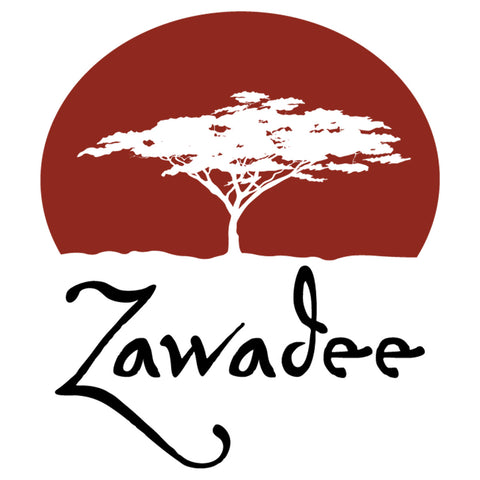We're So Excited and We Just Can't Hide It! Bravo Niagara:The North Star Festival
Zawadee - Bring Africa Home is pleased to announce we're going to be part of Bravo Niagara! - The North Star Festival: Voices of Freedom. Niagara-On-The-Lake - October 2-4, 2015.
Celebrating and honouring the courageous freedom-seekers who followed the North Star to Niagara - a terminus of the Underground Railroad, this inaugural festival showcases the sights, sounds, history and tastes of the Niagara Region's rich black history and African origins. Great music, fascinating history, mouth-watering food and a boat cruise down the Niagara River. Entertaining, fun and educational, this festival is a terrific experience for the entire family!
Friday, October 2nd, 2015: Niagara Historical Society & Museum - 2 to 4 p.m. Free Admission Join us to experience local historian Dr. Wilma Morrison with presenters from Canadian universities, as well as scholars from the Harriet Tubman Institute to explore Niagara's rich black history and the courageous freedom-seekers who "followed the North Star".
Friday, October 2nd, 2015: 8 to 10 p.m. - St. Mark's Anglican Church Canadian Jazz Icon Joe Sealy performs the Juno Award Winning Africville Suite, with special guest Jumaane Smith.
Saturday, October 3rd, 2015: 11 a.m. to 3 p.m. - The Market @ The Village Food for the Soul - Free Admission
Bravo Niagara! and The Market @ The Village co-present “Food for the Soul,” bringing together vendors of local chefs, food trucks, music, artisans, local produce, Wineries of Niagara-on-the-Lake and more in a celebration of the culinary contributions of people of African descent.
Check out our blog about the fascinating Tuareg People and their ancient silversmithing techniques. Please stop by. We'd love to meet you. Saturday, October 3rd, 2015: 7:30 to 9:30 p.m. St. Mark's Anglican Church Nathaniel Dett Chorale - "Freedom Has a Voice" As a response to being enslaved during the 17th, 18th, and 19th centuries, men and women of African heritage created spirituals, songs of sorrow, love, faith, and hope. Many of these songs were encoded with covert messages as a way to sing freedom into existence. The Nathaniel Dett Chorale is dedicated to Afrocentric music of all styles, including classical, spiritual, gospel, jazz, folk and blues and has shared the stage with internationally recognized artists such as Juno Award-winning jazz pianist Joe Sealy, singers Molly Johnson and Jackie Richardson, and opera star Kathleen Battle and the Toronto Symphony Orchestra.
Sunday, October 4th, 2015: 2 to 4 p.m. Community Concert @ Harriet Tubman Public School - Free Admission Blues Sensations Diana Braithwaite and Chris Whitely Canadian blues icons Diana Braithwaite, a descendant of freedom-seekers who settled in Wellington County, and Chris Whiteley will perform “Sugar & Gold: A Musical Story of the Underground Railroad.” Students will display artwork inspired by Harriet Tubman.
Sunday, October 4th, 2015: 4:30 to 6:30 p.m. Freedom Cruise on the Niagara River
Featuring Blues & Motown Legend Harrison Kennedy
The weekend will conclude with the inaugural Sunset Freedom River Cruise aboard the majestic Niagara Belle featuring Blues and Motown legend Harrison Kennedy. Join us on a musical and historical tour along the Niagara River, on the very water where many courageous freedom-seekers crossed and risked their lives to reach freedom in Canada.

"In its desire to celebrate, commemorate and examine the experiences of persons of African descent in Canada, the festival aligns with the 70th Anniversary of UNESCO and the 21st Anniversary of the International Scientific Committee UNESCO Slave Route Project: Resistance, Liberty, Heritage. The North Star Festival: Voices of Freedom will contribute to the ongoing work to unite the Niagara Region in a global movement of promoting deeper cultural understanding, peace and dialogue for current and future generations.
P.S. Looking back at this blog, we seem to have channeled both the Pointer Sisters (or maybe Donna Summer?) AND Marvin Gaye.
No apologies. We were about to lose control and we know we like it! Comment if you know which songs and no peeking at the links first.













